If you’re not a regular bike commuter, here are some tips to help you get ready to ride:
1. Make sure your bike fits you properly. Bike size, saddle height and forward/backward position and handlebar height all play key parts in making you comfortable on your bike. If you know someone who can help you with all those measurements, great. If not, your local bike shop can easily help you get a great fit.
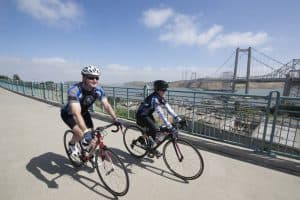 2. Get comfortable riding your bike. For many new cyclists, the biggest challenge is just getting comfortable riding – not to mention riding in traffic. Start by riding on quiet streets or empty parking lots, and then test out your skills riding with car traffic. Take it slow and steady and you’ll get the hang of it easily.
2. Get comfortable riding your bike. For many new cyclists, the biggest challenge is just getting comfortable riding – not to mention riding in traffic. Start by riding on quiet streets or empty parking lots, and then test out your skills riding with car traffic. Take it slow and steady and you’ll get the hang of it easily.
3. Remember the rules of the road. Bikes are subject to the same traffic rules as cars. That means stopping at traffic lights and stop signs, yielding to pedestrians, using “turn” signals to indicate where you’re going, etc. And be very aware of what drivers, other cyclists and pedestrians are doing. That’ll keep you safe and make your ride lots of fun.
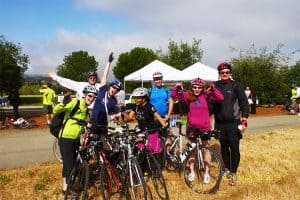 4. Ride with friends or colleagues. One of the best ways to get into the groove of riding is to ride with others. Have friends who already ride regularly? Ask them to help you train. Have colleagues who ride to work? See if you can ride with them. They can all teach you some of the tricks to safe, fun riding and help you build your confidence in the meantime.
4. Ride with friends or colleagues. One of the best ways to get into the groove of riding is to ride with others. Have friends who already ride regularly? Ask them to help you train. Have colleagues who ride to work? See if you can ride with them. They can all teach you some of the tricks to safe, fun riding and help you build your confidence in the meantime.
5. Be safe. Riding at night? Be sure to “light up” – flashers on the back, lights on the front – so you can be seen coming and going. How about a little extra protection just in case? Gloves for your hands, helmet for your head. If you happen to fall – even at a very slow speed – you’ll be glad to have coverage to absorb the impact.
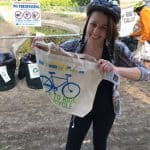 6. Carrying your stuff. There are lots of ways to carry your stuff to work. Give it some thought so you can pick the one that you like best. From knapsacks to rear racks to front baskets and much more, how you carry your stuff is as individual as you are.
6. Carrying your stuff. There are lots of ways to carry your stuff to work. Give it some thought so you can pick the one that you like best. From knapsacks to rear racks to front baskets and much more, how you carry your stuff is as individual as you are.
Now it’s time to get out there and ride. We’ll see you on Bike To Work Day!
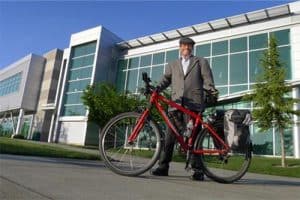

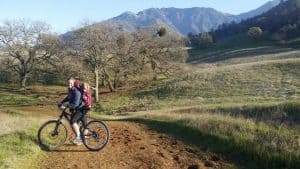


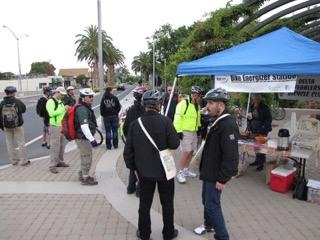 Forget cycling apparel. Wear a helmet. Other than that, no other bikewear is necessary, assuming your commute isn’t 30 miles of windy hills. “You don’t have to wear special cycling gear in order to ride a bike, everyday clothes work just fine,” advises the
Forget cycling apparel. Wear a helmet. Other than that, no other bikewear is necessary, assuming your commute isn’t 30 miles of windy hills. “You don’t have to wear special cycling gear in order to ride a bike, everyday clothes work just fine,” advises the 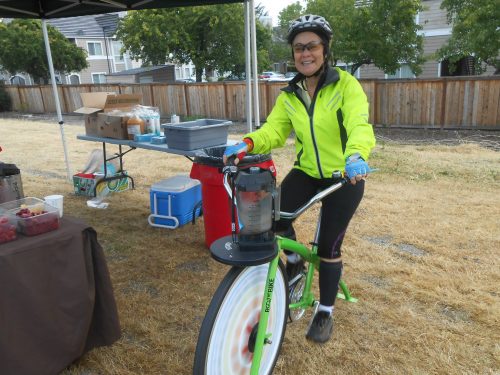 Scope out the basics ahead of time. Get a good lock and know where you’re going to park your bike during the work day. Figure out the options for grabbing a shower, or at least washing up after the commute. Perhaps there is a gym nearby to negotiate a shower fee with, or maybe there are showers at the office office.
Scope out the basics ahead of time. Get a good lock and know where you’re going to park your bike during the work day. Figure out the options for grabbing a shower, or at least washing up after the commute. Perhaps there is a gym nearby to negotiate a shower fee with, or maybe there are showers at the office office.
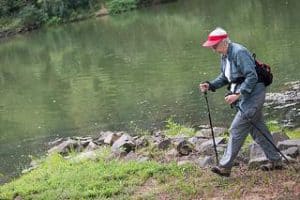 3. STRENGTH & ENDURANCE – Regular exercise helps
3. STRENGTH & ENDURANCE – Regular exercise helps 
